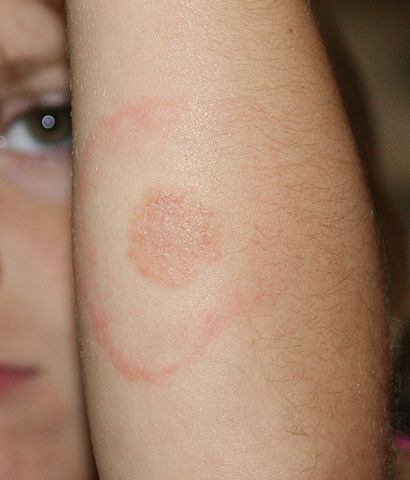Lyme disease is the most common vector-borne illness in the world. It is a tick-borne illness that afflicts around 60,000 people worldwide every year. Although the mortality rate is low, the diagnosis is complex as doctors must rely upon highly variable symptoms and indirect measures of infection when offering diagnoses. The most susceptible group are children between the age of 5 and 9.

By Ltshears (Own work) [CC BY-SA 3.0 or GFDL], via Wikimedia Commons
There is still a lot of work to do to confirm that new Borrelia strains actually cause Lyme disease. For example, one of the options on how to prove that is to infect a mouse or rabbit with the bacterium and observe whether the animal develops Lyme-like symptoms. If the animal gets sick, being able to recover the suspected pathogen from the diseased animal would provide additional support for causality.
Surprisingly little is known about Borrelia bacteria. Therefore any new data regarding the underlying biology of Lyme disease would provide valuable information to microbiologists and physicians.
Jana Erjavec, PhD, BiSostemika LLC
Original article published by SITN










